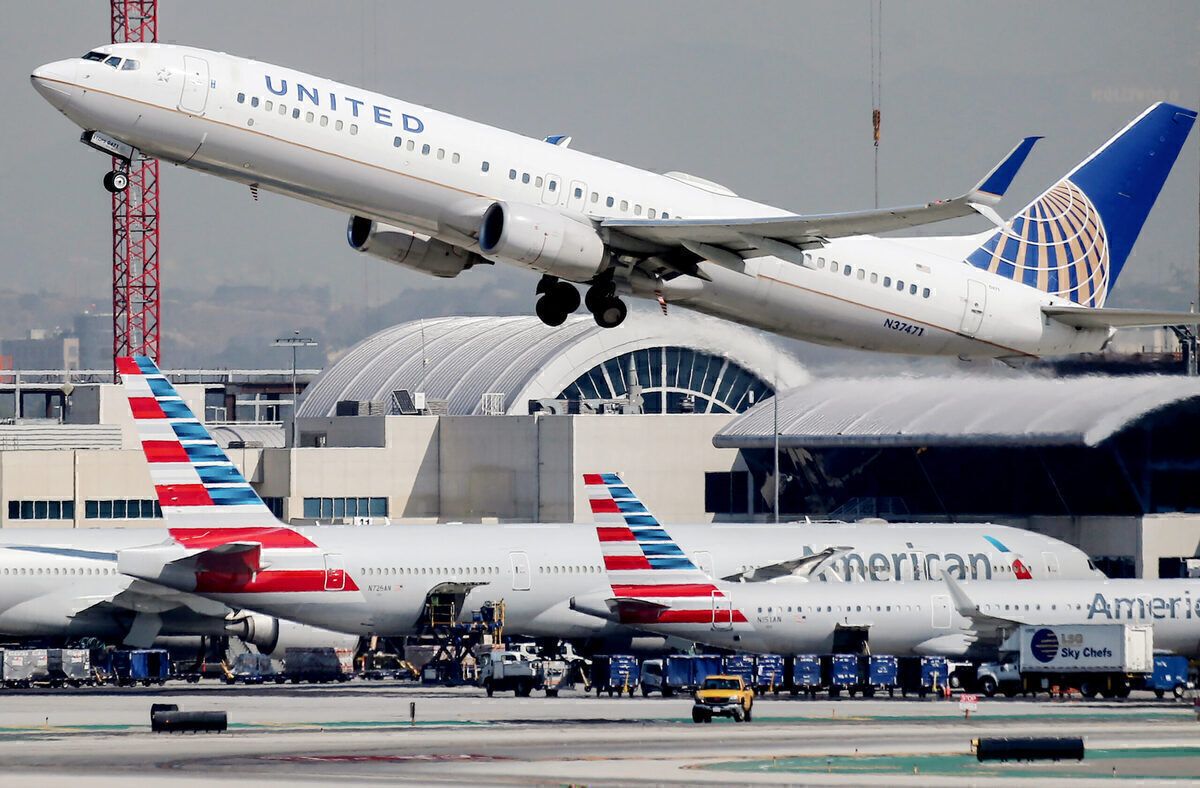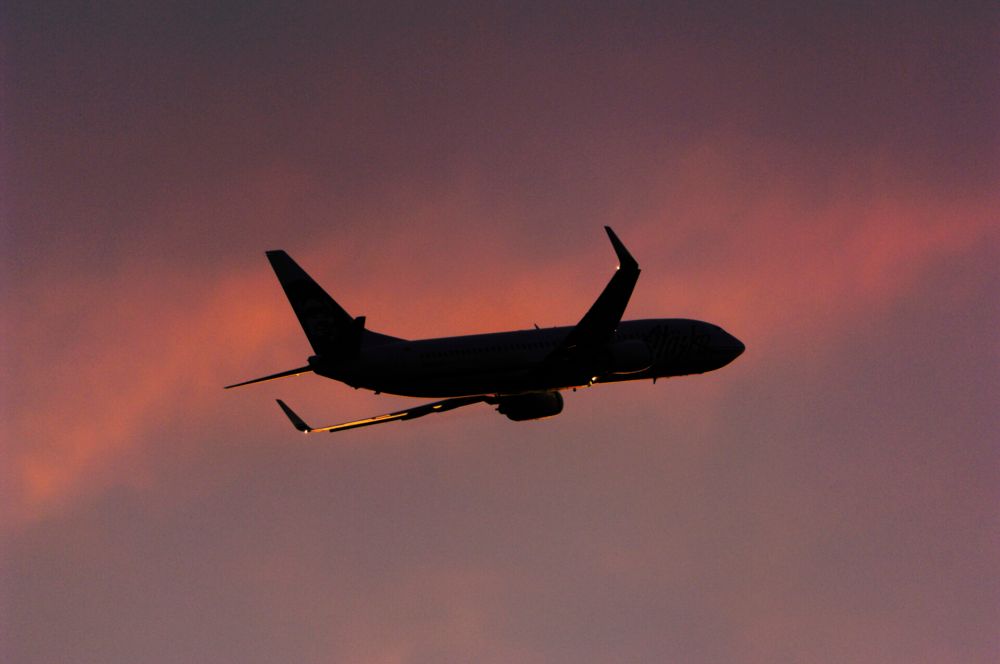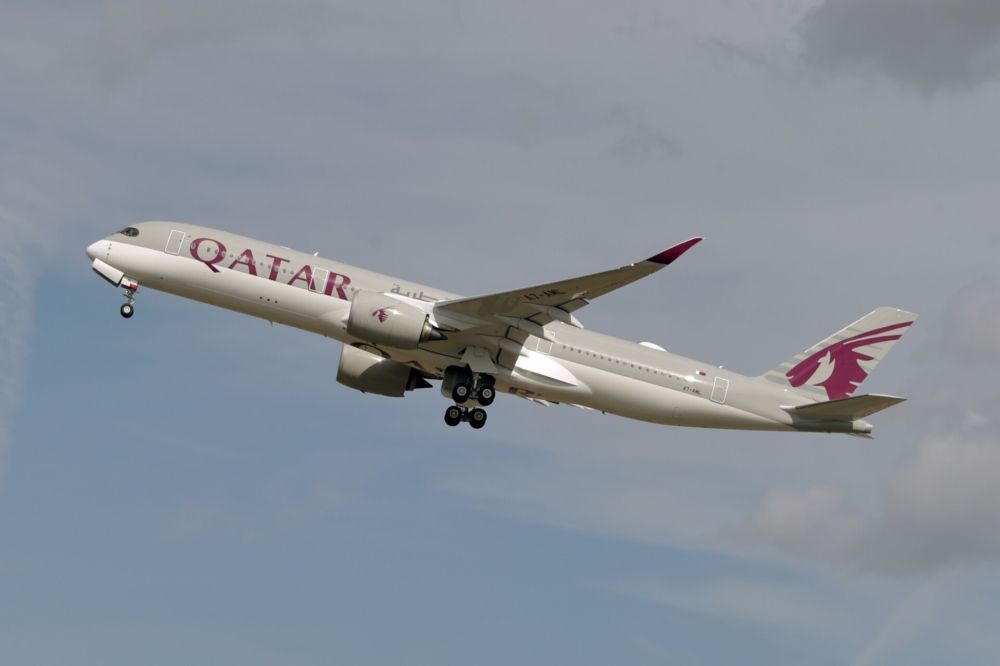Flight scheduling involves numerous carefully thought out processes to ensure that passengers are carried in the most effective manner. Fuel, safety, weather, timing, labor, and location are all factors that influence scheduling. Yet, another aspect that is central to the procedure is the aircraft.
Preparation is key
Overall, all services need to have a flight plan filed before departure with the associated officials. These are usually formed by a carrier's flight planner and shared with authorities and crew members.
Several of the aspects considered when planning are revolved around the aircraft. In the first instance, the plane must be able to take off and land at an airport’s runway. While this factor may not be much of an issue at most commercial international airports, there are many airports and airfields that don’t have sufficient ground resources to cater to certain vehicles.
It’s not just about an A380 landing on a small runway. Airlines operating in certain remote regions with challenging conditions have to ensure the most suitable aircraft are scheduled on flights to certain airports. For instance, the likes of Alaska Airlines, which operates both regionally and internationally, has to ensure it deploys its mix of turboprops and jet aircraft to the right destinations.
These basic considerations are prevalent across the board. An airline has to ensure it utilizes the right aircraft on long-haul trips. If there is a twinjet crossing the oceans, does it meet ETOPS requirements on the mission?
Stay informed: Sign up for our daily and weekly aviation news digests.
Always having to adapt
Nonetheless, flight planning is a fluid sector that sees planners having to switch their approach due to sensitive situations. The global health crisis has highlighted this point significantly, with airlines placing aircraft on routes they wouldn’t usually be on.
During the pandemic, we’ve seen several carriers ground their behemoths such as the Airbus A380, and instead deploy more efficient aircraft while passenger activity went through a downturn. Modern twinjets such as the Airbus A350 and Boeing 787 Dreamliner have far greater efficiency than quadjets. So, if a cabin of a superjumbo can’t be filled, then an airline can save fuel, and in turn, money by deploying a smaller twinjet.
Widebodies are also sometimes swapped for narrowbody models, even in non-pandemic periods. This process is often seen when it comes to seasonal planning.
For example, Tap Air Portugal praises its Airbus A321LR as it allows the carrier to serve with smaller planes when it doesn't have much traffic in quieter periods. Demand may be lower during the winter months, but there is still a market to serve. So rather than halting the route completely, the flag carrier of Portugal can balance load factors with single-aisle long-haul jets over the Airbus A330 across the Atlantic Ocean.
Widebodies such as the Airbus A350 have been seen on additional short-haul routes over single-aisle units, including Madrid-London, due to general solid demand. Additionally, the A380 has been placed on more continental services as airlines reintroduce the superjumbo following a return of passenger activity.
Keeping on the ball
Ultimately, there are numerous elements to take into account when flight planning. Regardless, just like with other departments in aviation, the aircraft is the prime focus as most other components are associated.
“Airlines have route-planning specialists to ensure that the right-size airplane is used for the route, that any maintenance considerations are taken into account, and that airplanes arrive at the proper location for inspections and service at the proper intervals. It is an art to keep the schedule running. The scheduling professionals learn the job after years of airline experience and are vital to smooth operations.” - Captain John Cox via USA Today.
These processes aren't always seamless. Unexpected delays regularly occur due to personnel, equipment, weather, and political factors. However, flight planners try to curb the impact of these factors from the beginning.
What are your thoughts about how airlines schedule their aircraft? What do you make of the overall flight planning process across the industry? Let us know what you think in the comment section.



